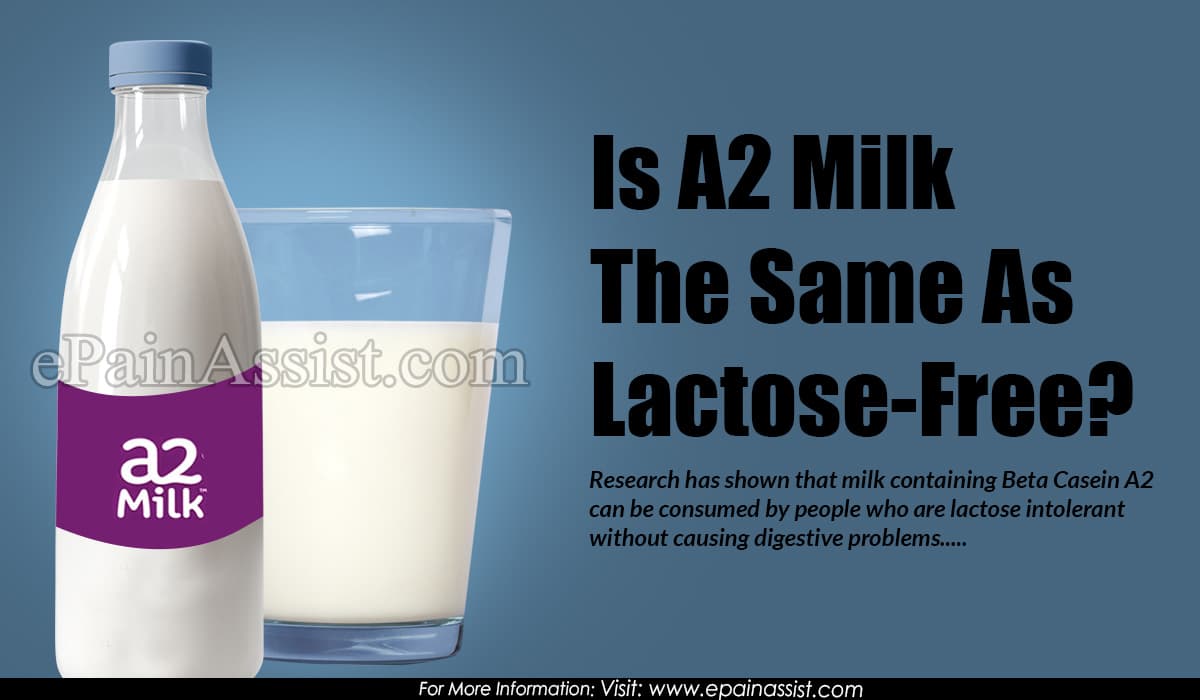Is A2 Milk The Same As Lactose-Free?
A2 milk is the oldest type of milk that comes from the goat, buffalo, zebu, sheep and also in some older cattle species such as Guernsey and Jersey (cattle originating in Africa and Asia). All these milks from the mentioned animals are similar in composition to breast milk, it has been demonstrated in scientific studies that they are better digested and therefore better tolerated by humans.
A1 milk is the result of a mutation that happened thousands of years ago in the protein betacasein. For better understanding, proteins are composed of amino acids, which we can see as the bricks that join form a structure. There are 20 amino acids in nature and depending on their organization they will form one structure or another. The difference between A1 and A2 milk is that A1 milk has the amino acid histidine instead of proline at position 67 in betacasein, forming a different structure of protein. When A1 is digested, a fraction of protein, or peptide, called BCM7 is released.

This peptide is able to cross the digestive system and reach the circulatory system. When the A2 is digested, the peptide BCM7 is not released. The peptide BCM7 has been linked to health problems.
This small difference of an amino acid makes that when consuming one type of milk or another the human body process and recognizes them in a very different way.
A2 milk is originated only from cows that have two copies of the A2 gene for beta casein. For being more specific, cow’s milk contains about 87 percent water. The remaining 13 percent is a mixture of lactose, fat, protein and minerals that make up the milk solids. If we focus on the protein that milk contains, the main component of that protein is called casein.
About 30% of casein in milk is called beta casein. The two most common variants of the beta casein gene are A1 and A2, so any bovine can be A1A1, A1A2 or A2A2 for beta casein. In the United States about 100% of milk contains a combination of both A1 and A2 beta caseins.
What Is The Benefit Of Consuming A2 Milk?
Researchers have established that A2 is the most essential variant of beta casein and A1 was the result of a natural genetic mutation that arises when cattle were domesticated. Having that in mind, studies have been done to see if people digest or react to true A2 milk in a different manner than regular milk. Some of these studies have shown that people who drink milk exclusively from cows that produce A2 milk were less susceptible to bloating and indigestion, leading to experts to the conclusion that A2 milk is a healthier option than regular milk. The specific science behind the difference in A1 milk vs A2 milk is difficult, but studies have shown that digestive enzymes interact with beta-casein proteins A1 and A2 in different ways. Because of this, A1 and A2 milk are processed in a different manner within the organism.
Is A2 Milk The Solution For People Who Are Lactose Intolerant?
A2 milk contains the same measure of lactose as non-A2 milk, so in clinically diagnosed cases of lactose intolerance, A2 milk will not offer the benefits that lactose-free milk can offer.
Given that most cases of lactose intolerance are self-diagnosed, some experts believe that the cause of indigestion in those cases is actually linked to an aversion to A1 instead of lactose intolerance. In these cases, consumption of A2 milk can help prevent side effects experienced in other ways by drinking regular milk.
Conclusion
Research has shown that milk containing Beta Casein A2 can be consumed by people who are lactose intolerant without causing digestive problems that originate abdominal pain, diarrhea, flatulence, vomiting, among others, which are common in a patient suffers from this pathology when consuming milk and dairy products with Beta casein A1 content.
Also Read:
- Lactose Intolerance or Lactase Deficiency- Causes, Symptoms, Treatment, Home Remedies
- Can Lactose Intolerance be Reversed?
- 10 Simple Home Remedies for Lactose Intolerance Attack
- Do Probiotics Help with Lactose Intolerance?
- Is Greek Yogurt good for Lactose Intolerance?
- How do you Prevent Lactose Intolerance?
- Can you Drink Almond Milk if you are Lactose Intolerant?
- Can my Baby be Lactose Intolerant to Breast Milk?
